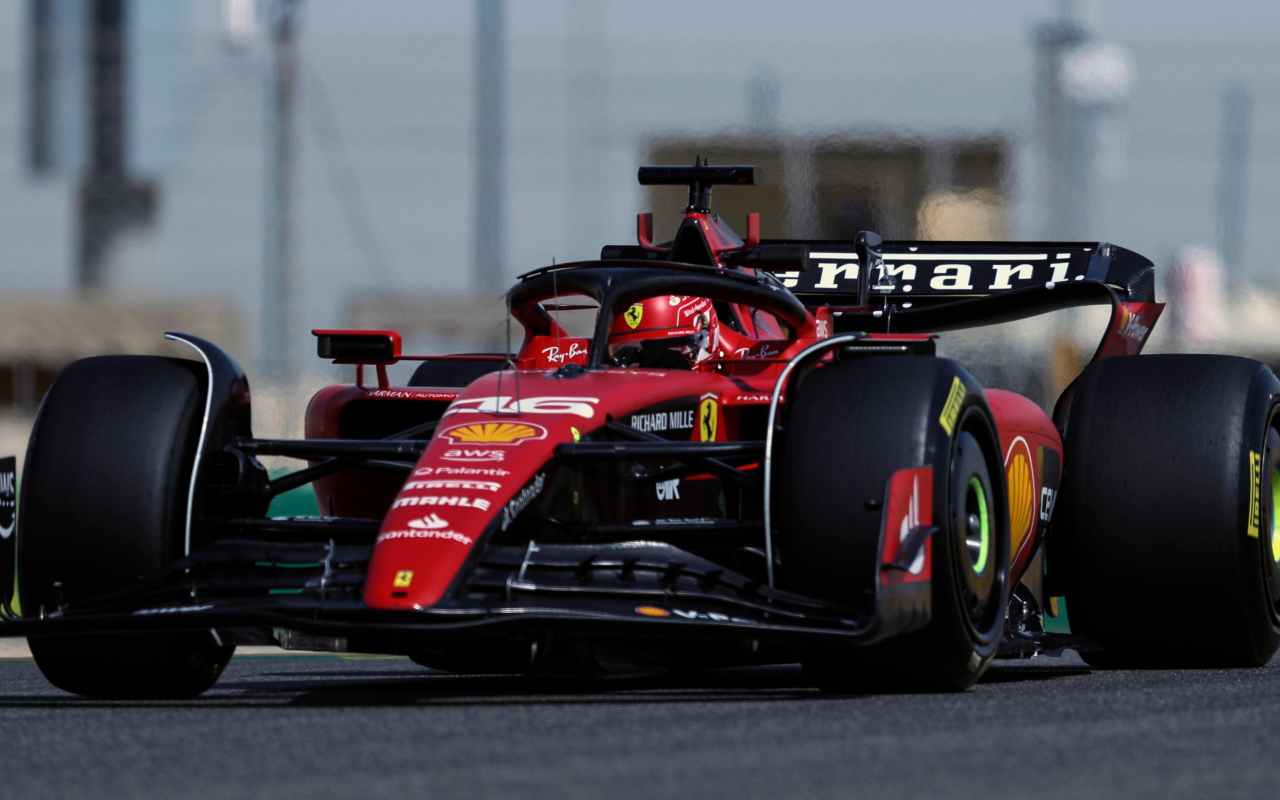F1 single-seaters are considered by all to be the maximum expression of technology. But what material are they built with?
The cars currently in use in the Circus are equipped with an internal combustion engine, an electric propulsion system, suspensions, four wheels, brakes and steering. All elements that can be found in any production car. But obviously in pursuit of performance they are enriched with aerodynamic elements such as the wings and built with special materials. In this analysis we will see piece by piece what a single-seater is made up of and what allows it to reach such high speeds.
Let’s start from chassis. It is the heart of the vehicle and consists of a monocoque. This is made with a mix of carbon fibers superimposed on each other, impregnated with a resin and stratified on an aluminum mesh. The peculiarity lies in the double creation process. Initially the material is heated to 180° and subjected to a pressure of 10 atm for a few hours, in order to avoid any vacuum or air pockets. Secondly we proceed to the finishing.
The result of the procedure is the creation of a light vehicle, capable of resisting the enormous downward acting forces that are formed during movement. Inside the monocoque we find the cockpit, a rather solid and padded cell, which must accommodate the pilot.
F1 cars, what are they made of
Until 2013, F1s were equipped with a 2.4-litre V8 drive unit, capable of expressing up to 900 hp and with a duration of up to a maximum of 500 km due to the extensive stress to which it was subjected. Just think that it touched 19,000 rpm. To make an engine express itself at its best, fuel is essential, and up to fifty compounds were used in the top class of motoring. All strictly controlled by the FIA.
Dal 2014following the entry into force of the new regulation, the very expensive hybrid power units have made their debut. Since this is a technology already used by the brand, Mercedes has been able to make the most of it by dominating until 2021, at least in the constructors’ standings. It is a very complex product in its construction. Here, in fact, the electrical component is used to supercharge the turbine and use the additional energy when needed.
The union between the internal combustion engine and the 100% green one makes the PU similar to those used for full-hybrid vehicles. What distinguishes them is the sophistication of construction, suitable for the search for maximum performance, which instead is not of interest in everyday mobility.
There is no F1 without aerodynamics. Even if lately efforts have been made to reduce its impact, it remains an essential element. To reach certain top speeds, two aspects cannot be avoided: the reduction of air resistance or drag, and the increase of downforce. That’s why these machines are short and wide.
The suspensions are really very similar to those of common cars. This at least in the components that include shock absorbers, springs, arms and anti-roll bars. Before each practice session or race, the mechanics fine-tune the settings in order to ensure both responsive driving and that the car can brake and steer safely.
Brakes are more important than ever in these high-performance cars. Going over 300 km/h requires an excellent braking system. To decrease its wear and implement its response, carbon fiber discs and pads are used. These are able to provide an excellent response up to 750 °C in temperature thanks to the many holes present around the edge of the disc and which allow the heat to escape quickly.
What totally differs however is the steering wheel. If what we use in everyday life resembles a rudder due to its simplicity, what we see on top class machines looks like a computer. Buttons and knobs of various colors and sizes allow you to intervene on various aspects of the vehicle, from gear changes to brake balancing and fuel mixture.
One last aspect we want to focus on are sparkles. Anyone used to following GPs will have noticed how frequent they are. But how do they originate? All the fault of the table in the lower part of the car starting from the rear to stop just before the front wheels. This system was wanted by the Federation to reduce the influence of aerodynamics, avoiding excessive sag on the straight.
Despite what one might believe, it’s not made of carbon fiberor who knows what special composite material. It is simply built with a wood called Jabroc. It is a beech wood worked with veneers and resin.
However, the real sparks come from some titanium plates incorporated in the above table. These are made ad hoc to avoid damage, so they protrude by no more than three mm. When the single-seater “expels”, the so-called skates touch the ground first, creating a scenographic effect. All the rage in the 80s and 90s, these were out of the picture until their reintroduction in 2015.
